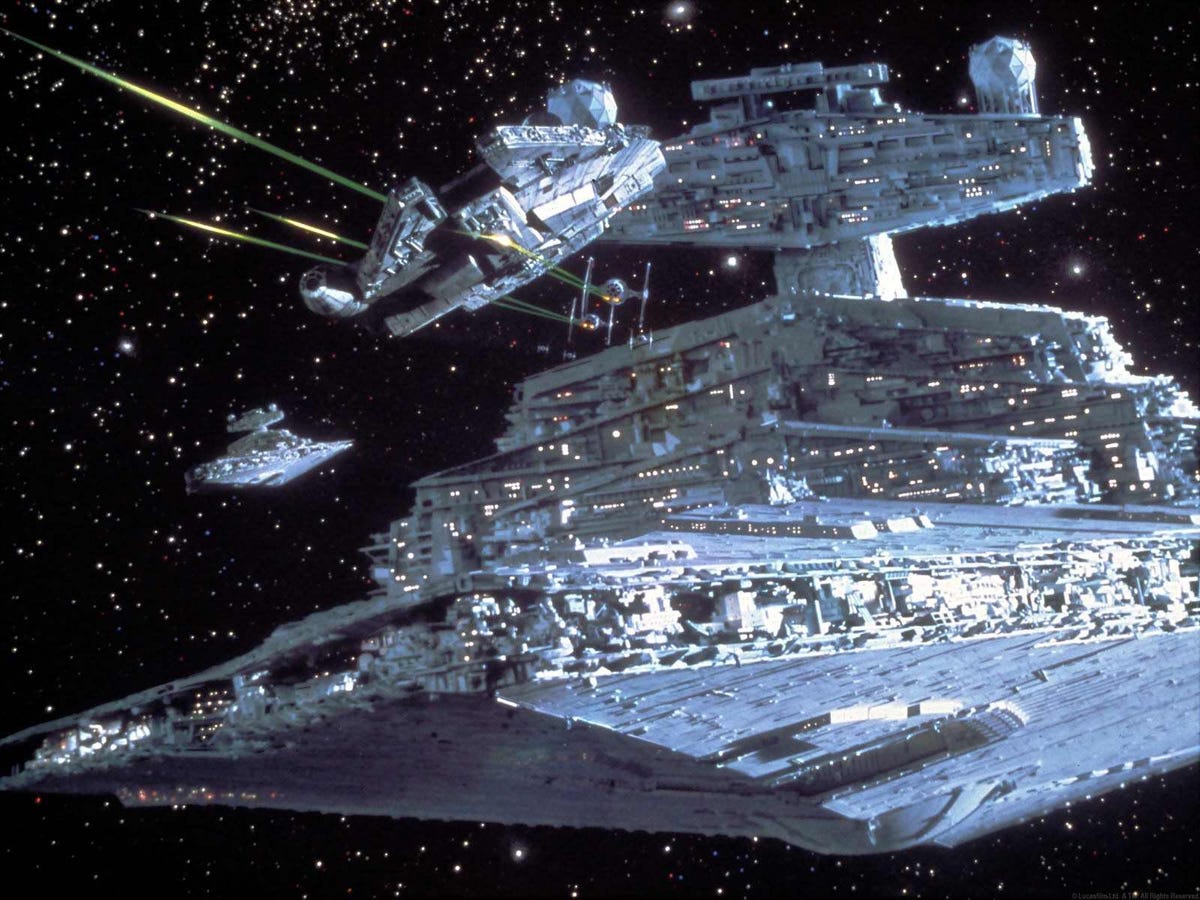5 science mistakes in movies and TV you should unlearn
Actual scientists tell us how their fields really work.

Putting the science in sci-fi
For his book Putting the Science in Fiction, out this October, geneticist Dan Koboldt runs through common science misconceptions that appear in movies and TV shows. His aim: help screenwriters write more accurately about fields like biology, physics and engineering.
Star Wars
As Koboldt says, Star Wars is the easy target when it comes to space misconceptions.
Take the exploding Death Star, the big scene at the end of Return of the Jedi.
"Things don't really blow up in space, because if you want to blow something up in space, that means you need oxygen -- and space is a vacuum," Koboldt says.
Star Wars
You wouldn't hear the Death Star exploding either.
"You won't hear anything because sound can't travel across the vacuum," Koboldt says.
Spider-Man
Boy meets radioactive spider. Boy gains spider-related abilities. In real life, mutations do something different.
"If it's a bad mutation, the cell dies," Koboldt says. "That's it. If it's a good mutation, an advantageous mutation, the cell usually will grow into a tumour."
Spider-Man
But more often there's no effect. "Because the genome is massive and a single-based change at 2 billion base pairs probably isn't going to make a big difference."
CSI
Koboldt watched an episode of CBS show CSI that involved taking a DNA sample and predicting what a person will look like. (Disclosure: CBS is CNET's parent company.)
You can't do that in real life. "As a geneticist, we could probably tell you with some certainty -- just as 23andMe Ancestry could tell you -- what the likely ancestry is of the DNA sample," Koboldt says.
"But it would be very difficult to predict their exact appearance based on that, because a lot of these are very complex traits."
NCIS, Bones, Arrow
"Miracle details" in shows like NCIS, Bones and Arrow involve using technology to capture the license plate number off a car as it drives away, identify a face that's a perfect match to the criminal being hunted, and create a perfect image out of the blurred reflection in a window.
NCIS, Bones, Arrow
It's all performed in a matter of seconds, but that's far from reality.
"It's beyond laughable," optics and imaging specialist Judy L. Mohr, a collaborator on Koboldt's book, said in an email. "Almost all CSI-type shows are guilty of it."
Avatar
Another of Koboldt's collaborators is Rebecca Enzor, a nuclear chemist and author in Charleston, South Carolina.
Her peeve: Avatar, in which Sigourney Weaver plays an exobiologist, someone who searches for extraterrestrial life. One particular part of her performance didn't impress: her pipetting skills.
Avatar
"James Cameron's Avatar taught people how to use Eppendorf pipettes wrong … (that scene aggravated me so much!)" Enzor said.
This is how you're supposed to do it, courtesy of biochemist Sam Sternberg of Columbia University.
Putting the Science in Fiction
Putting the Science in Fiction: Expert Advice for Writing with Authenticity in Science Fiction, Fantasy & Other Genres, edited by Dan Koboldt, can be found in Writer's Digest Books in October.
So what movies get science right? See some examples here.

